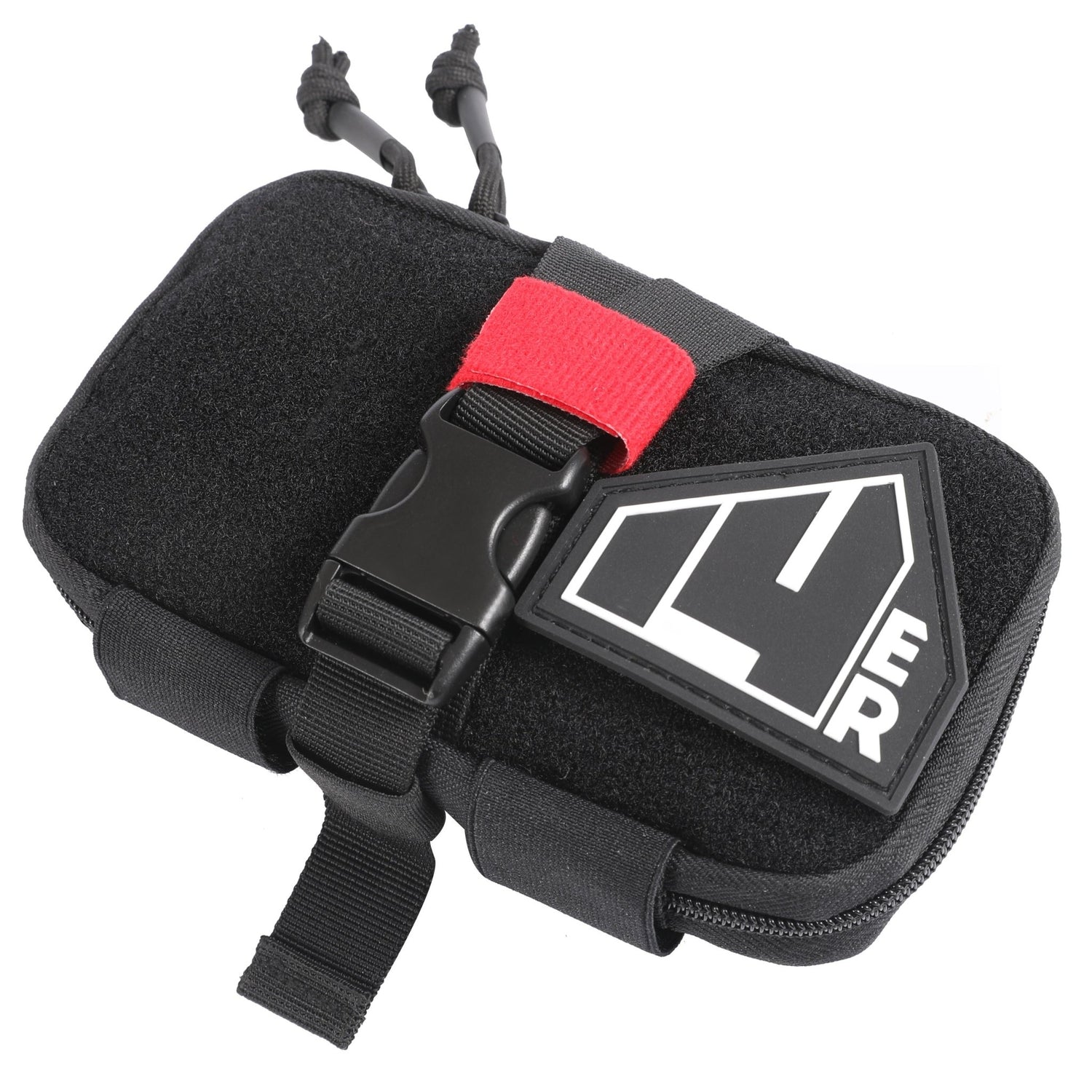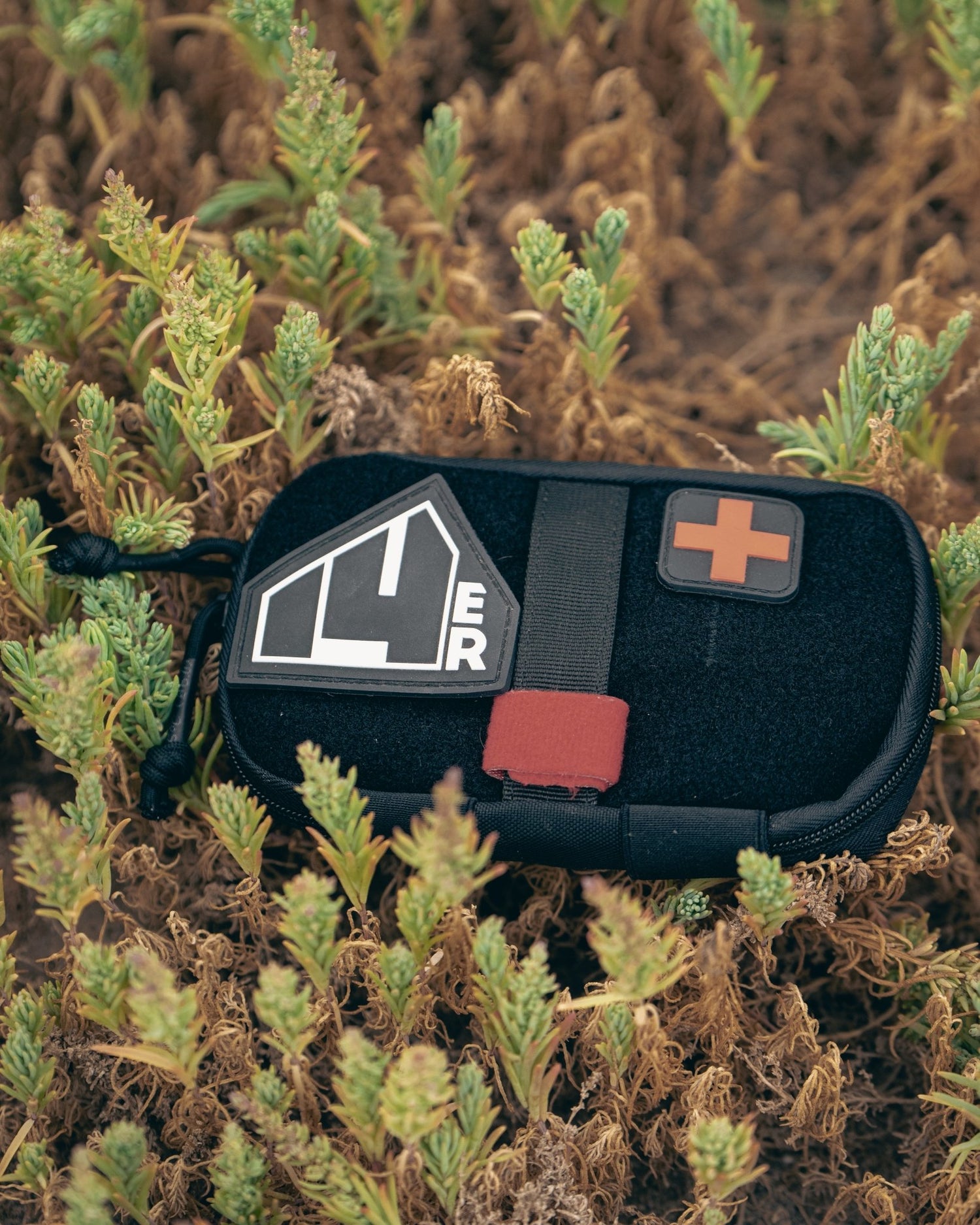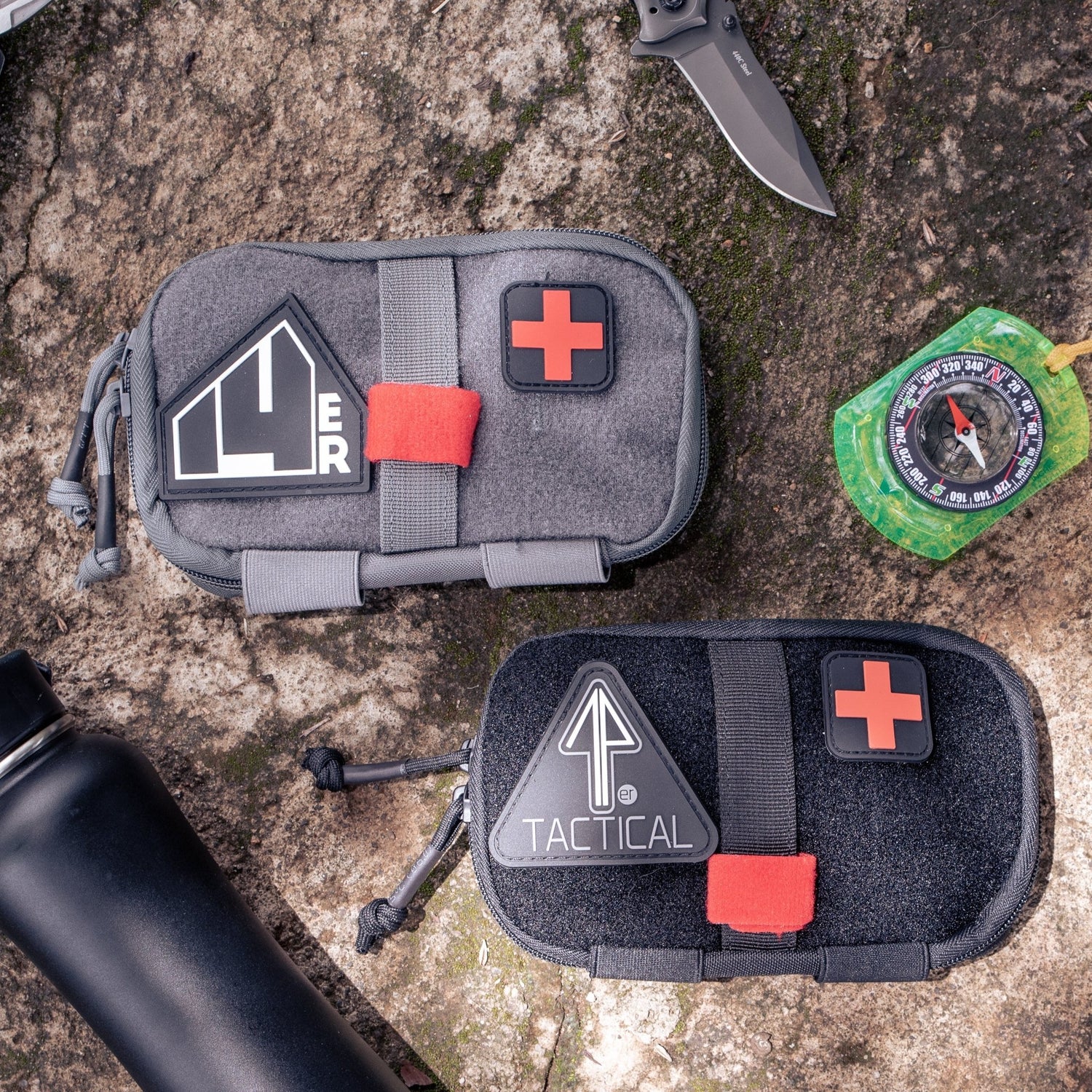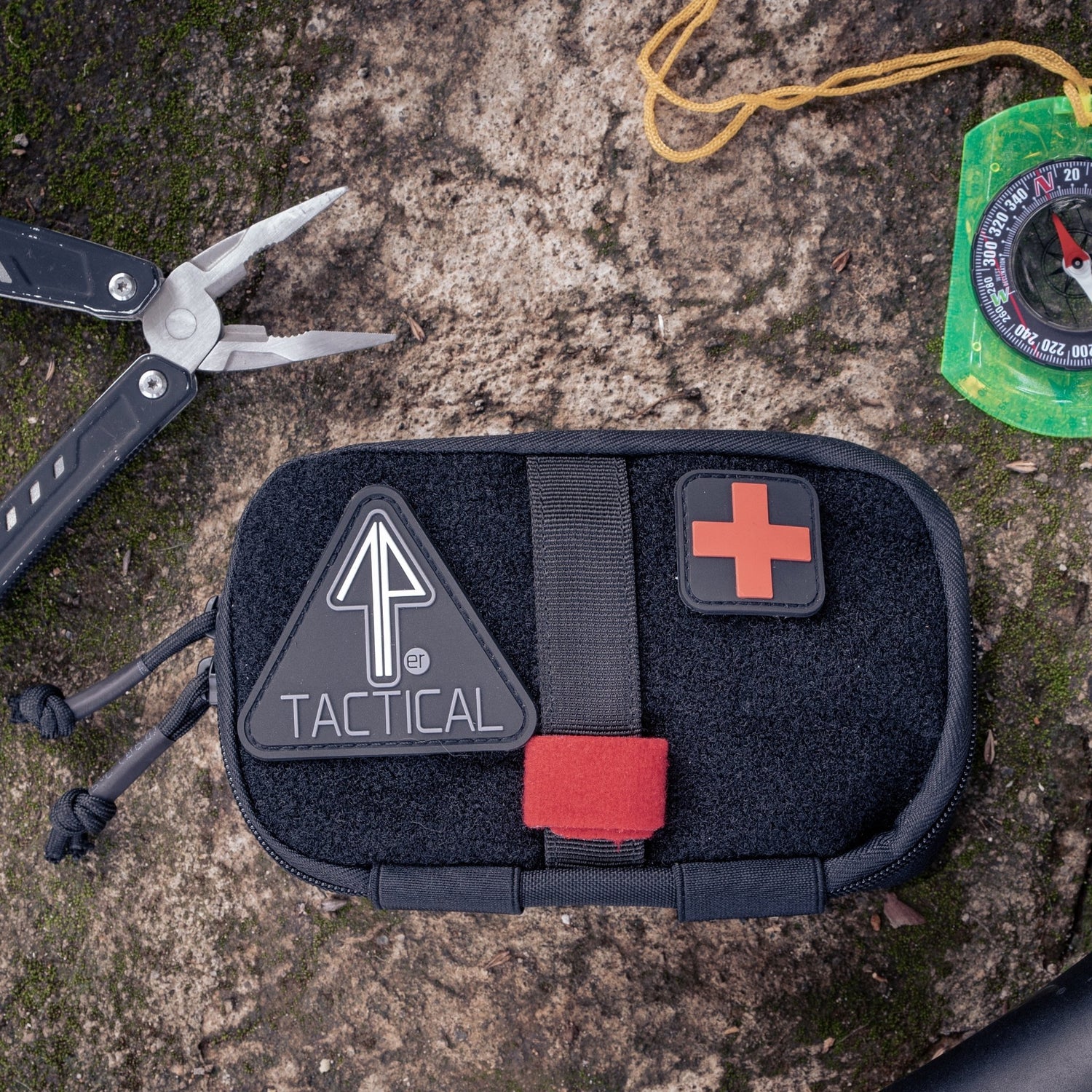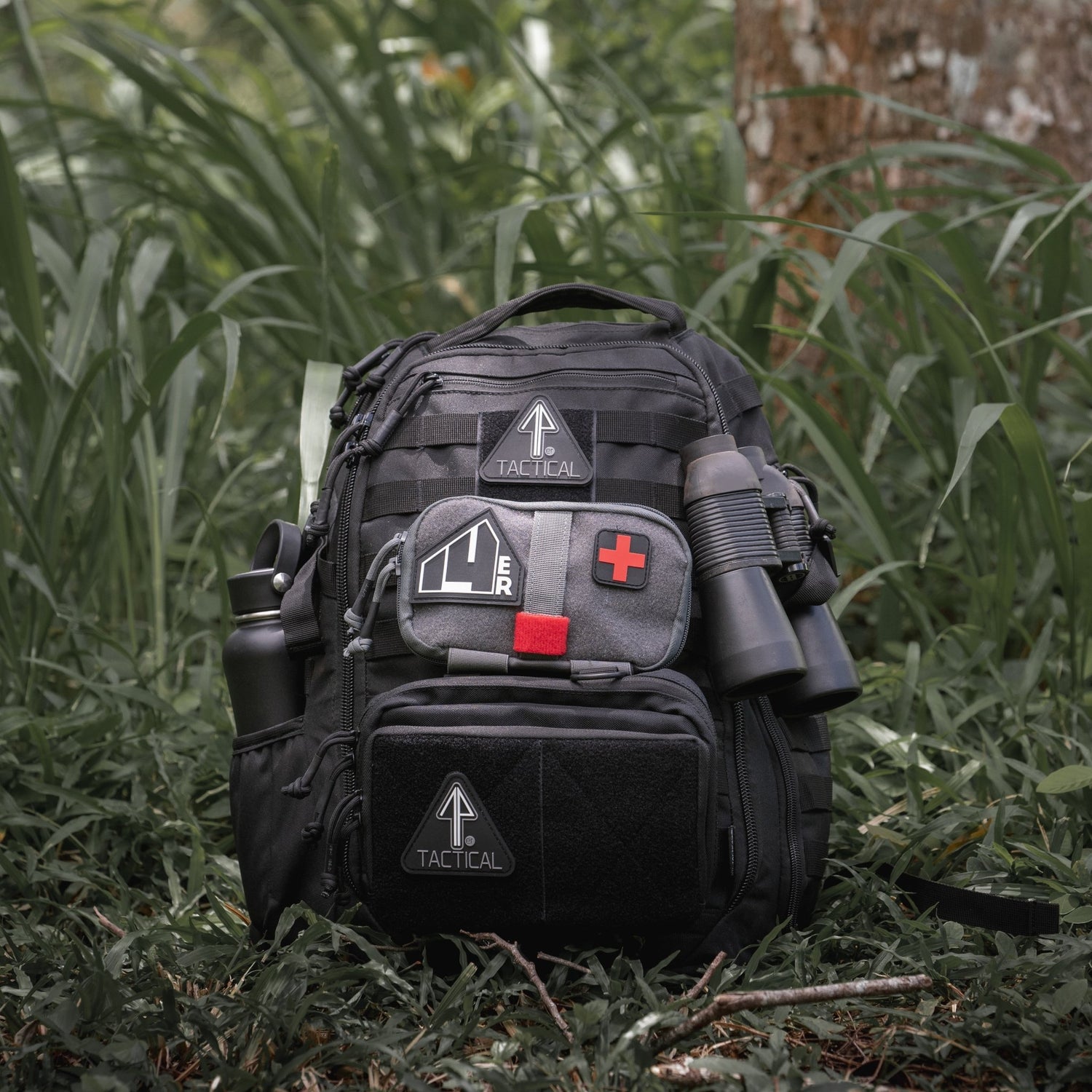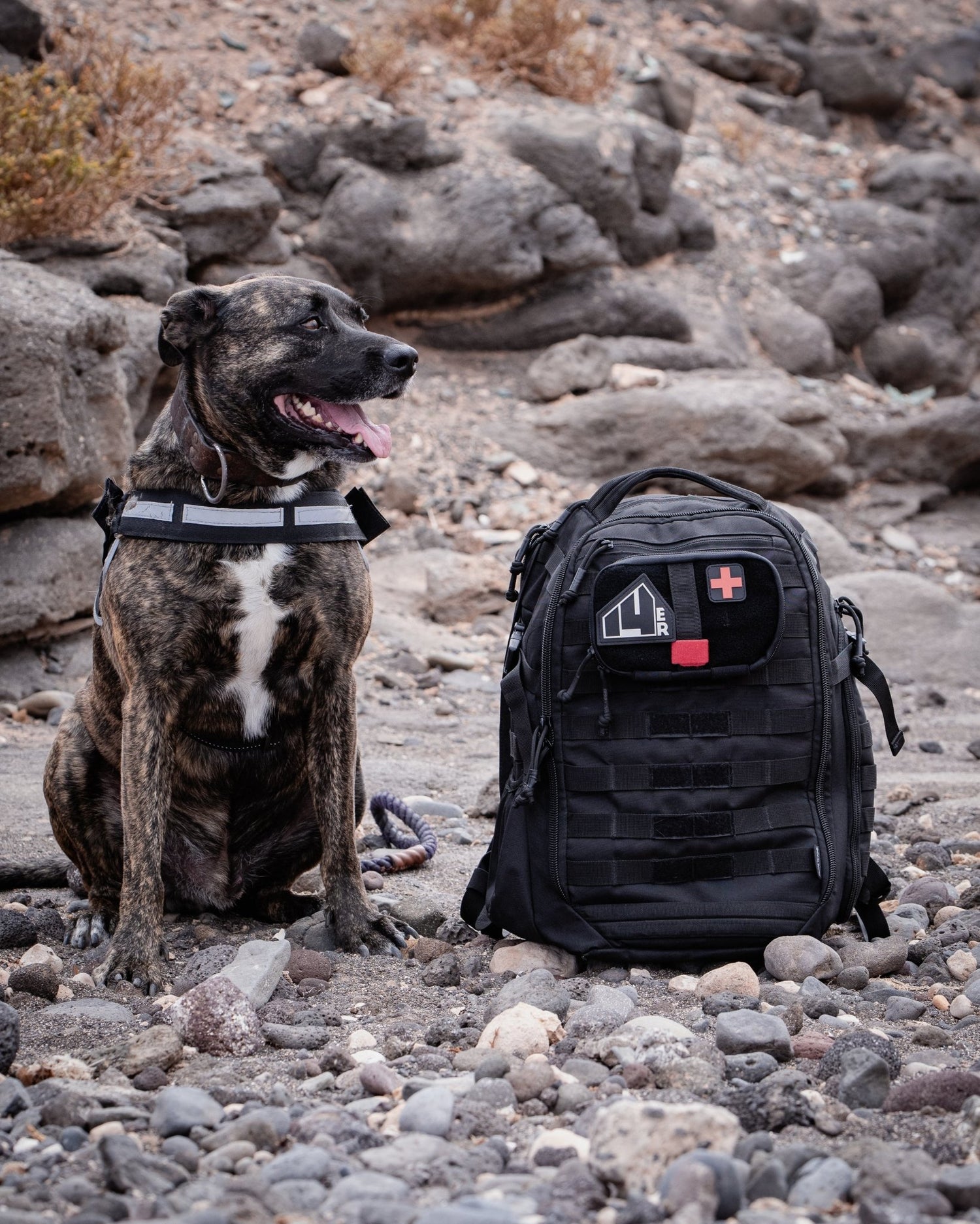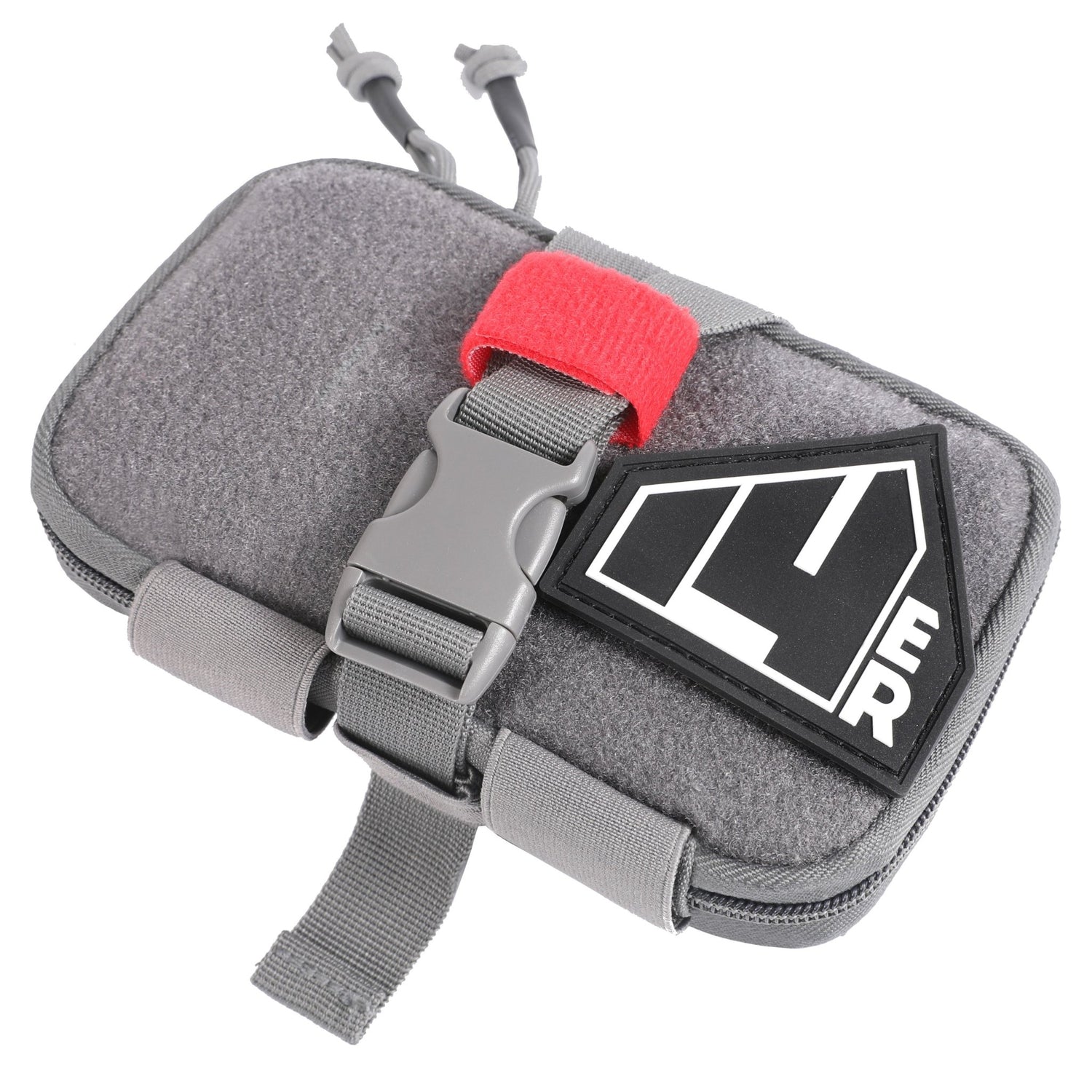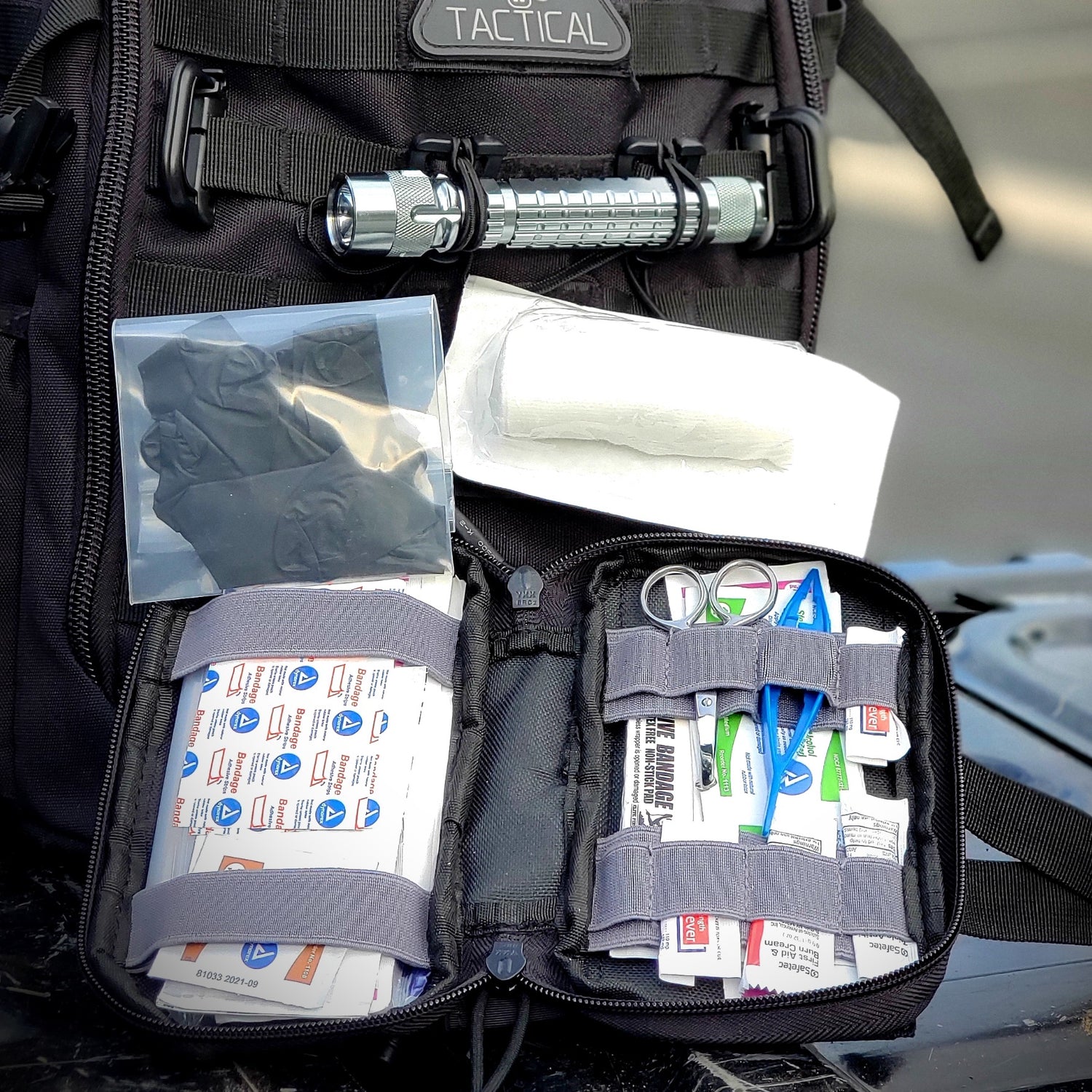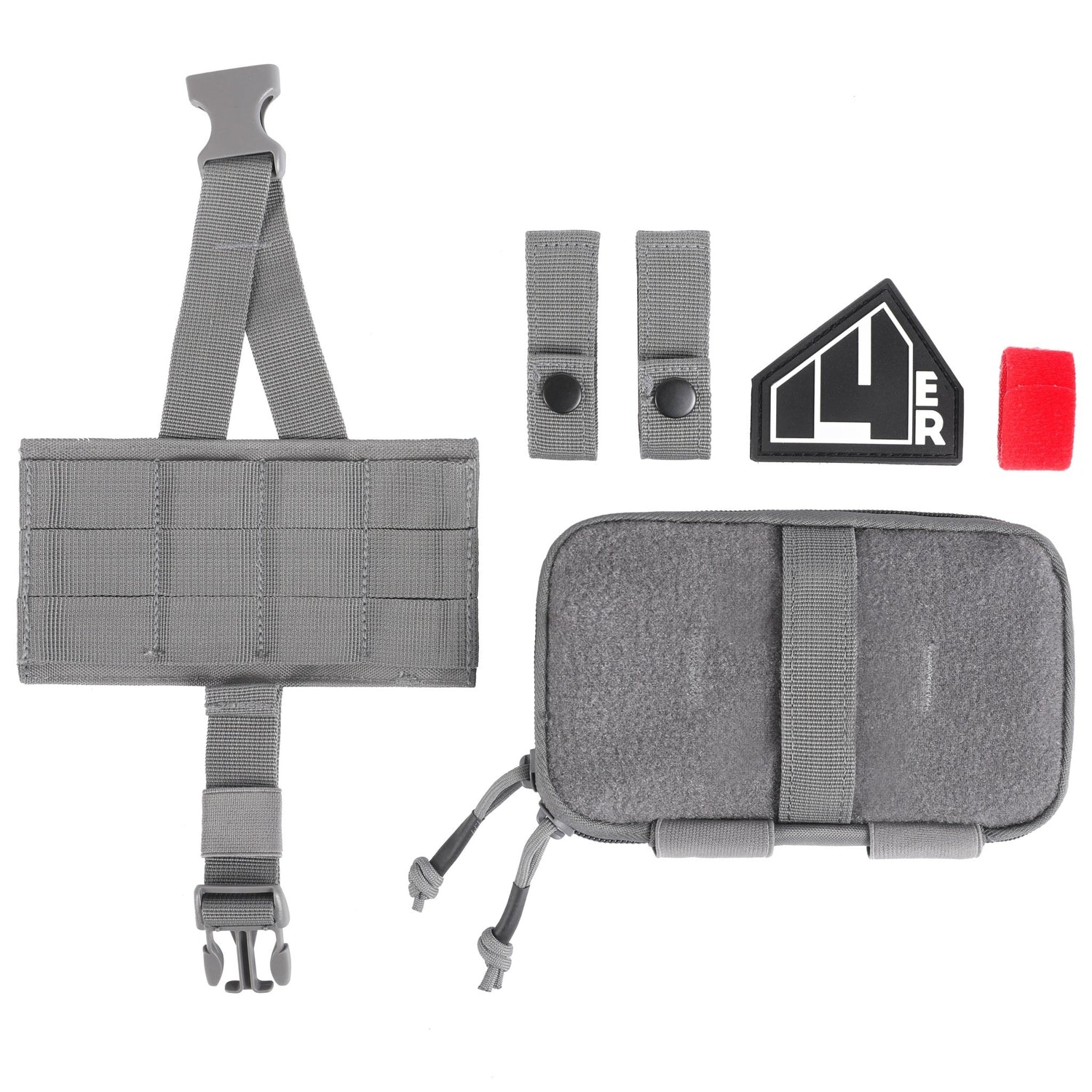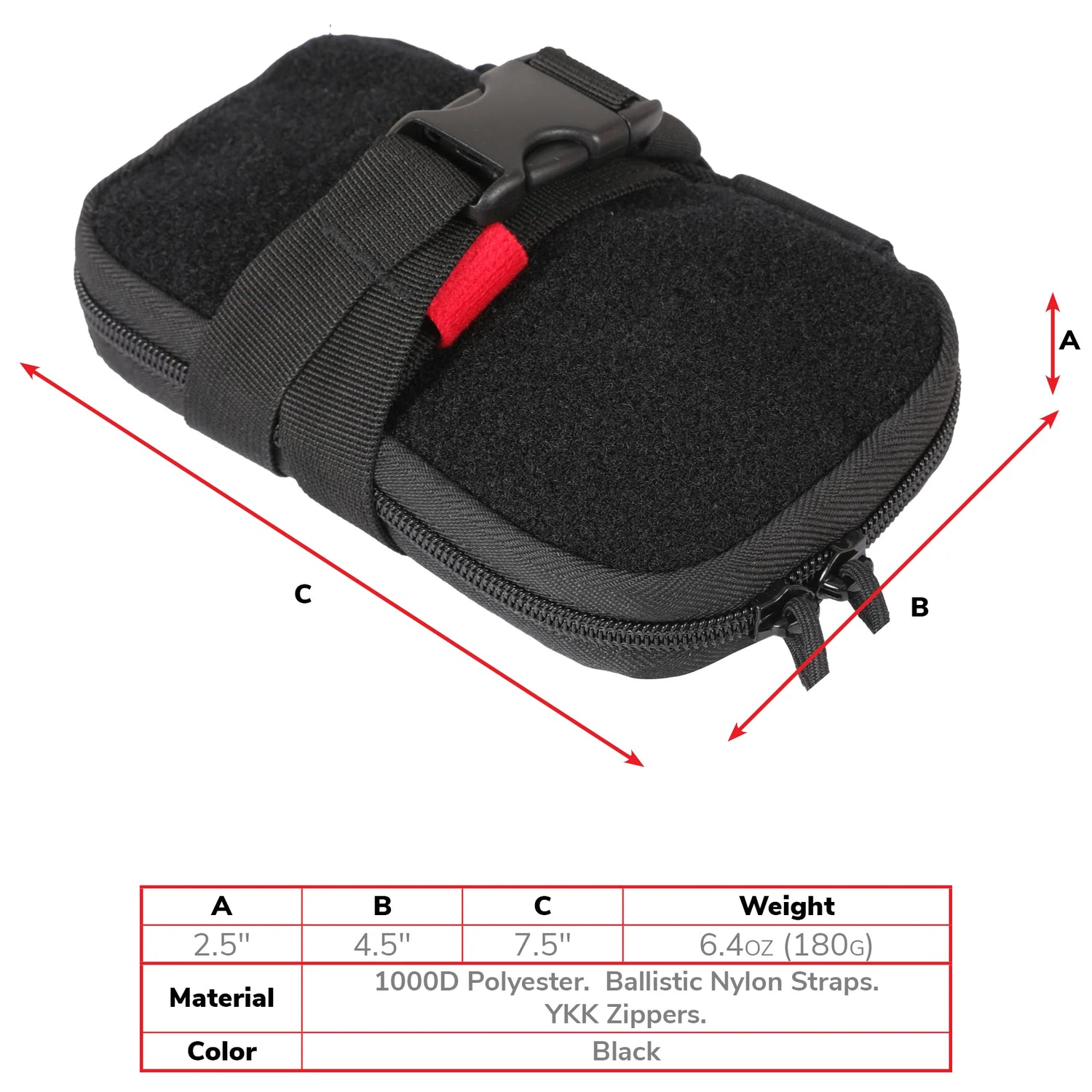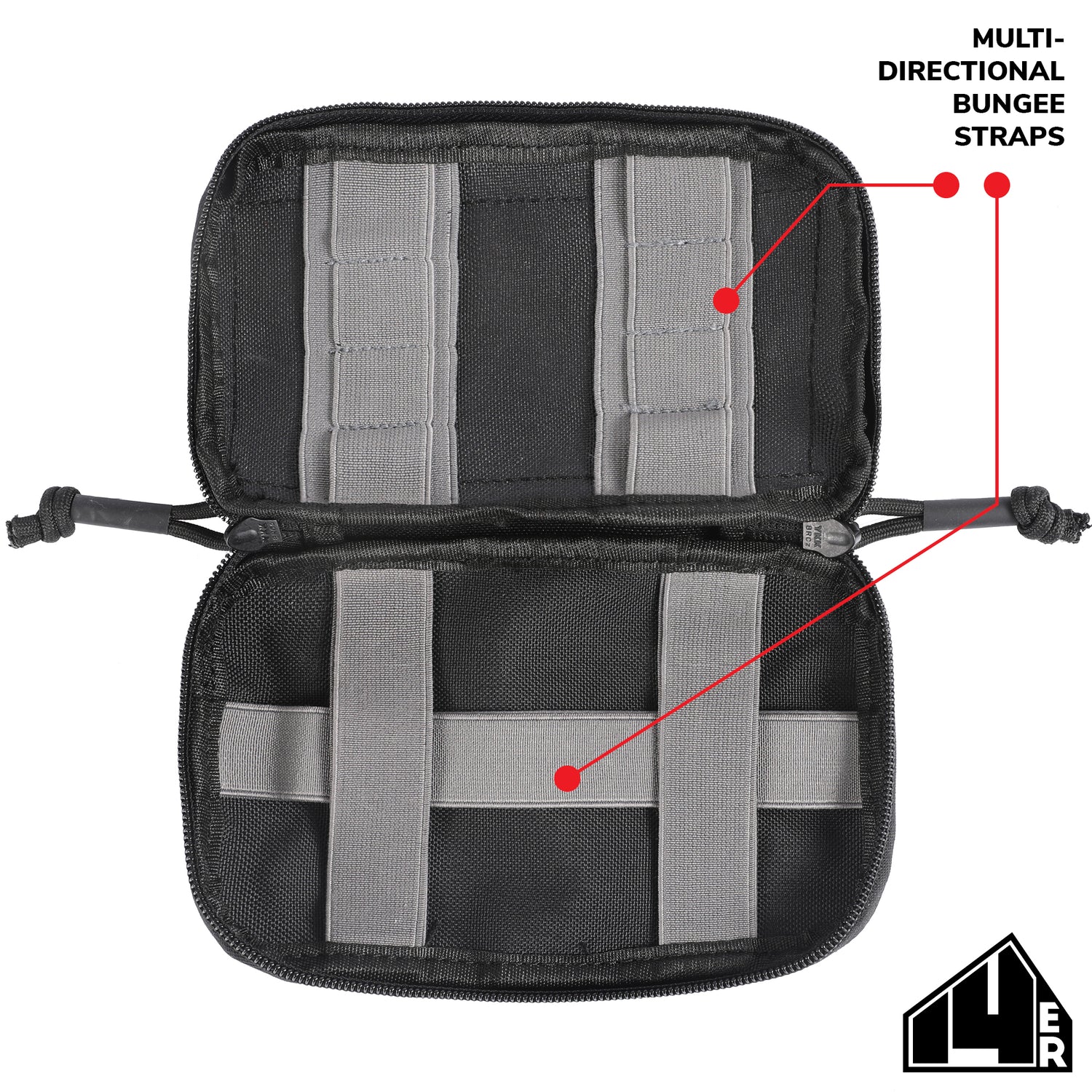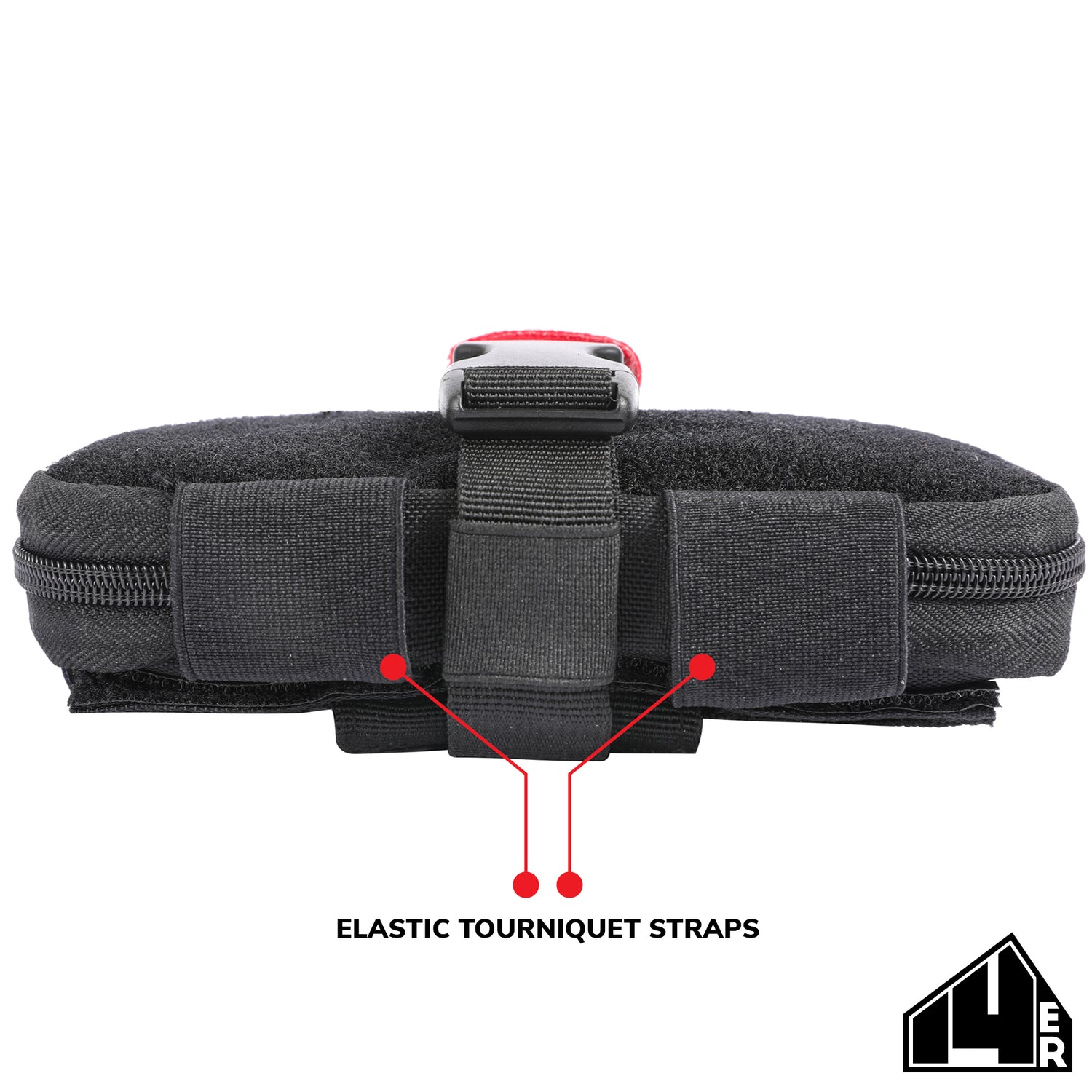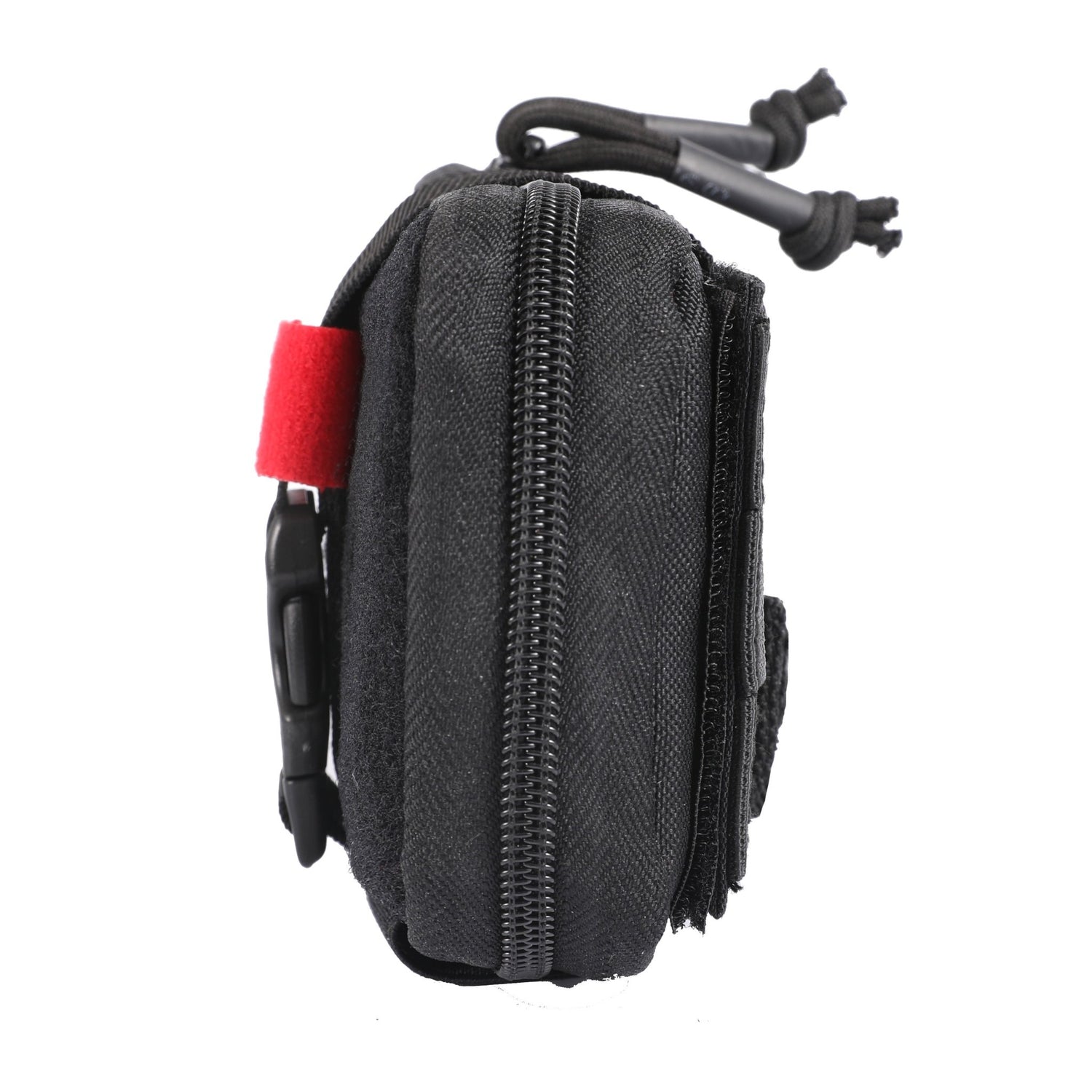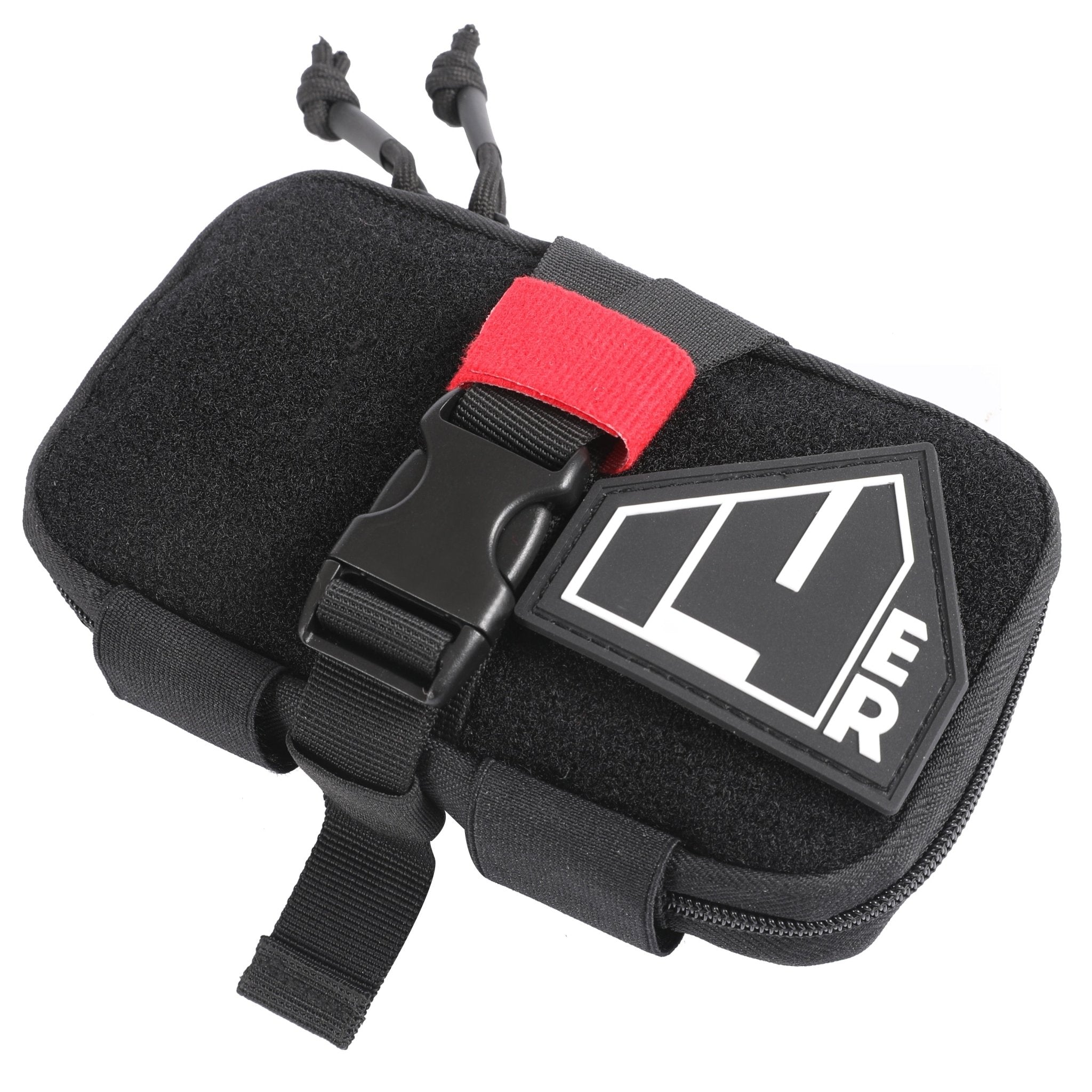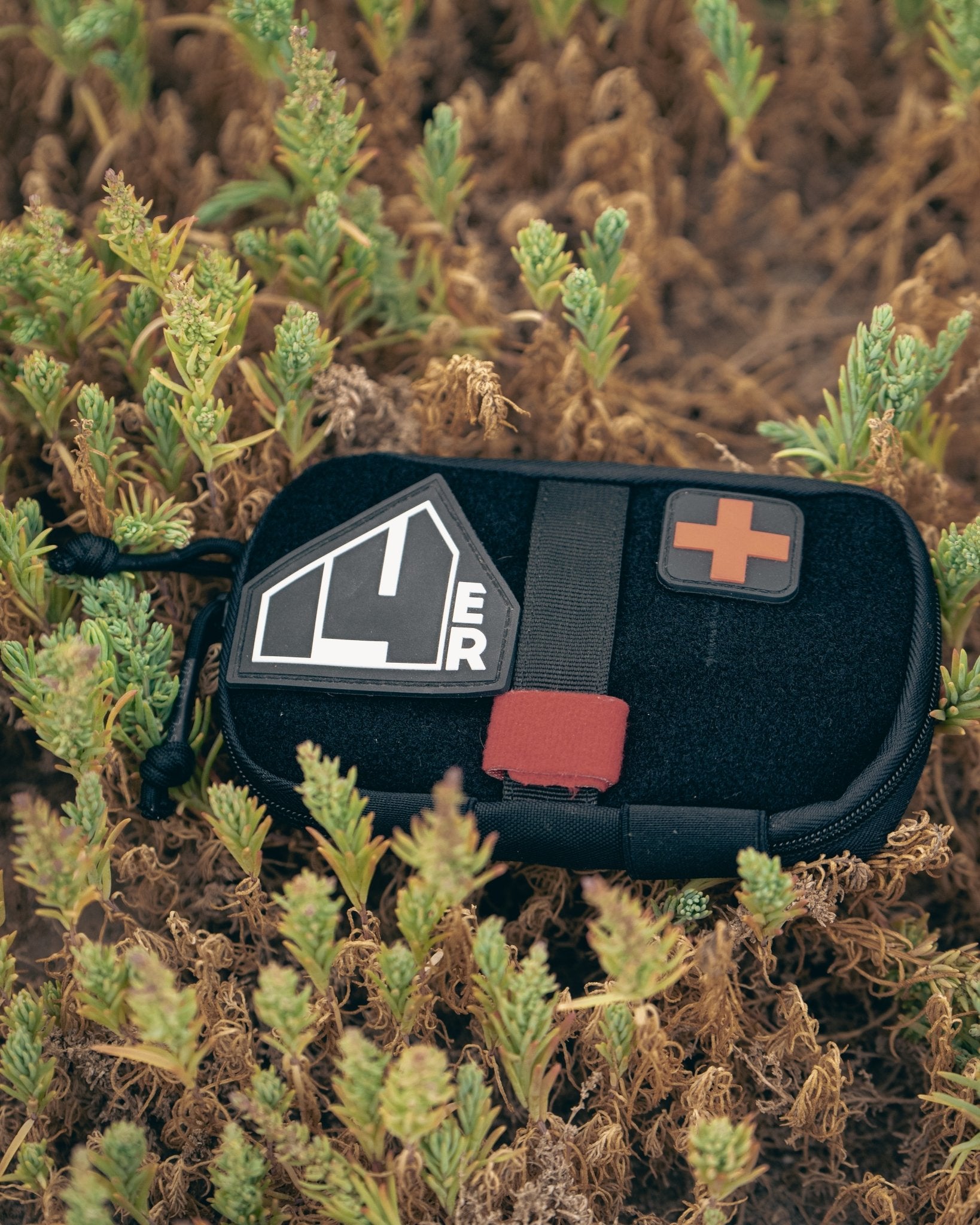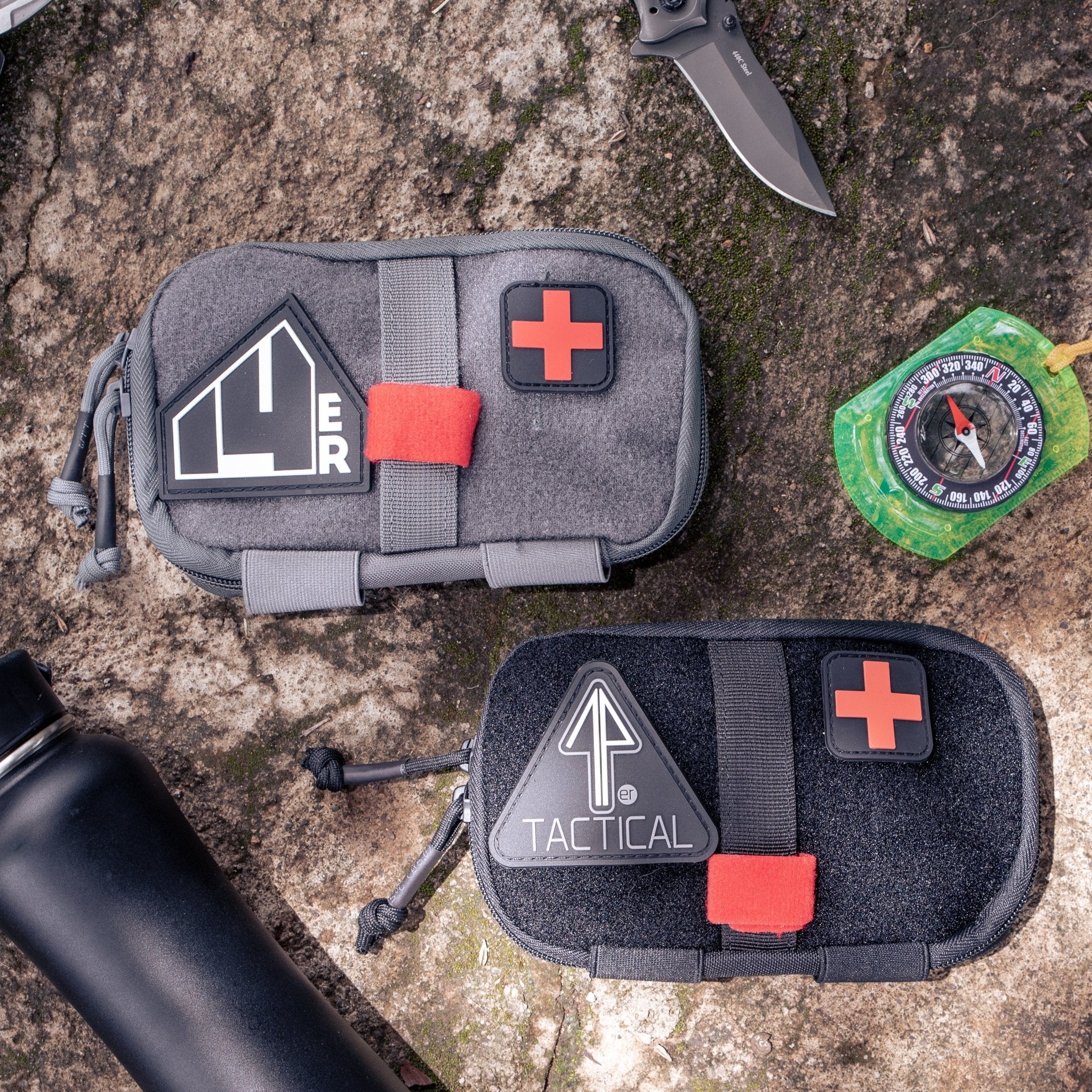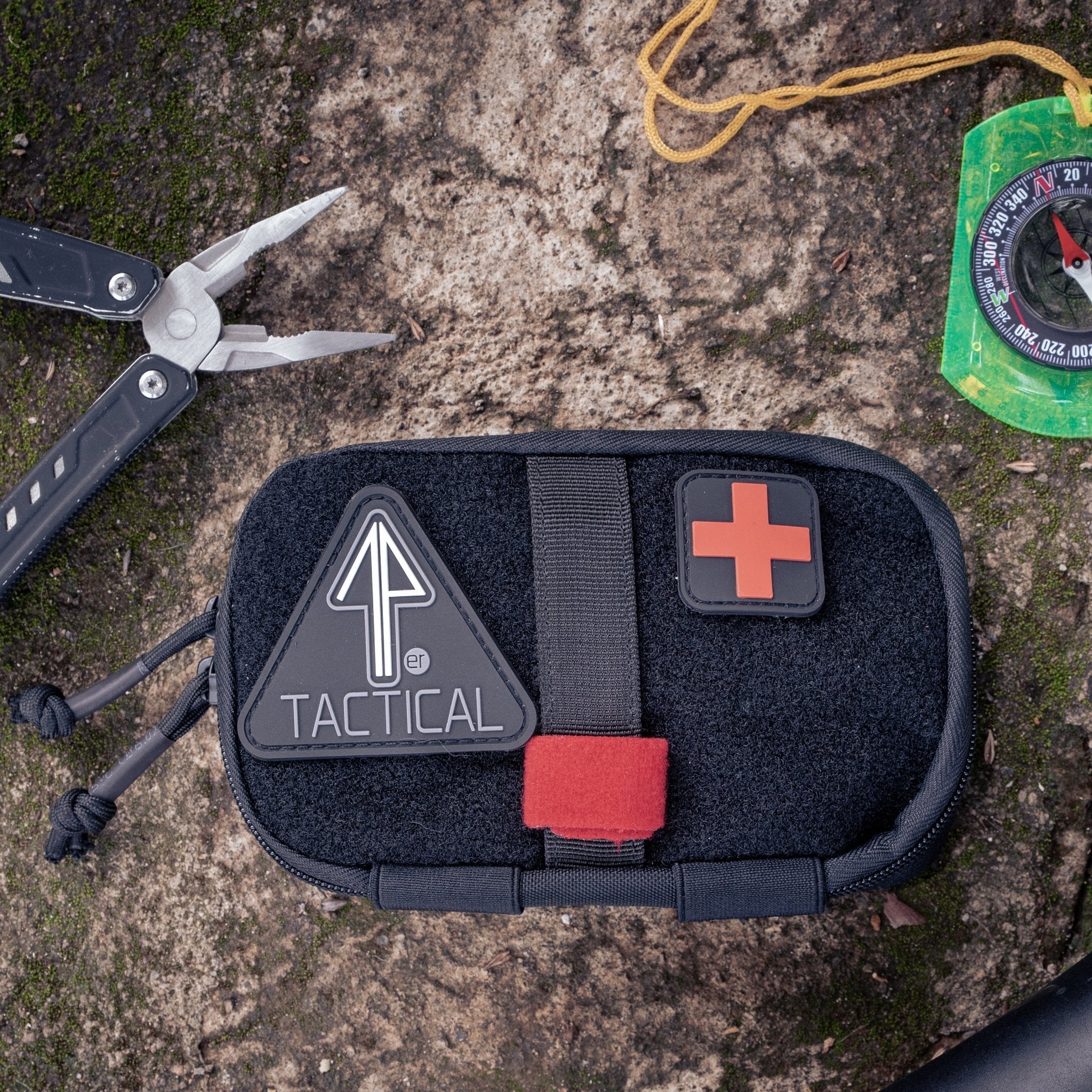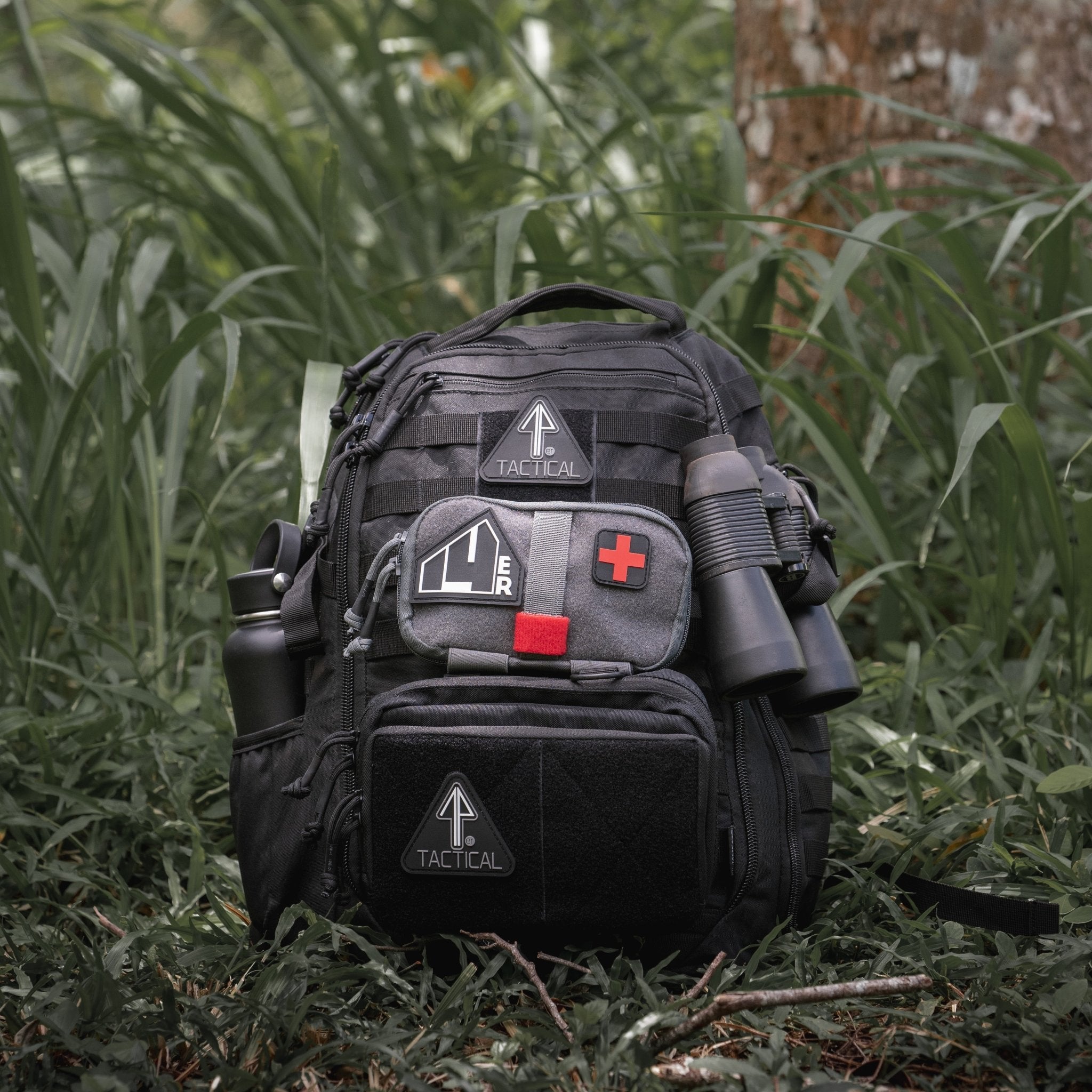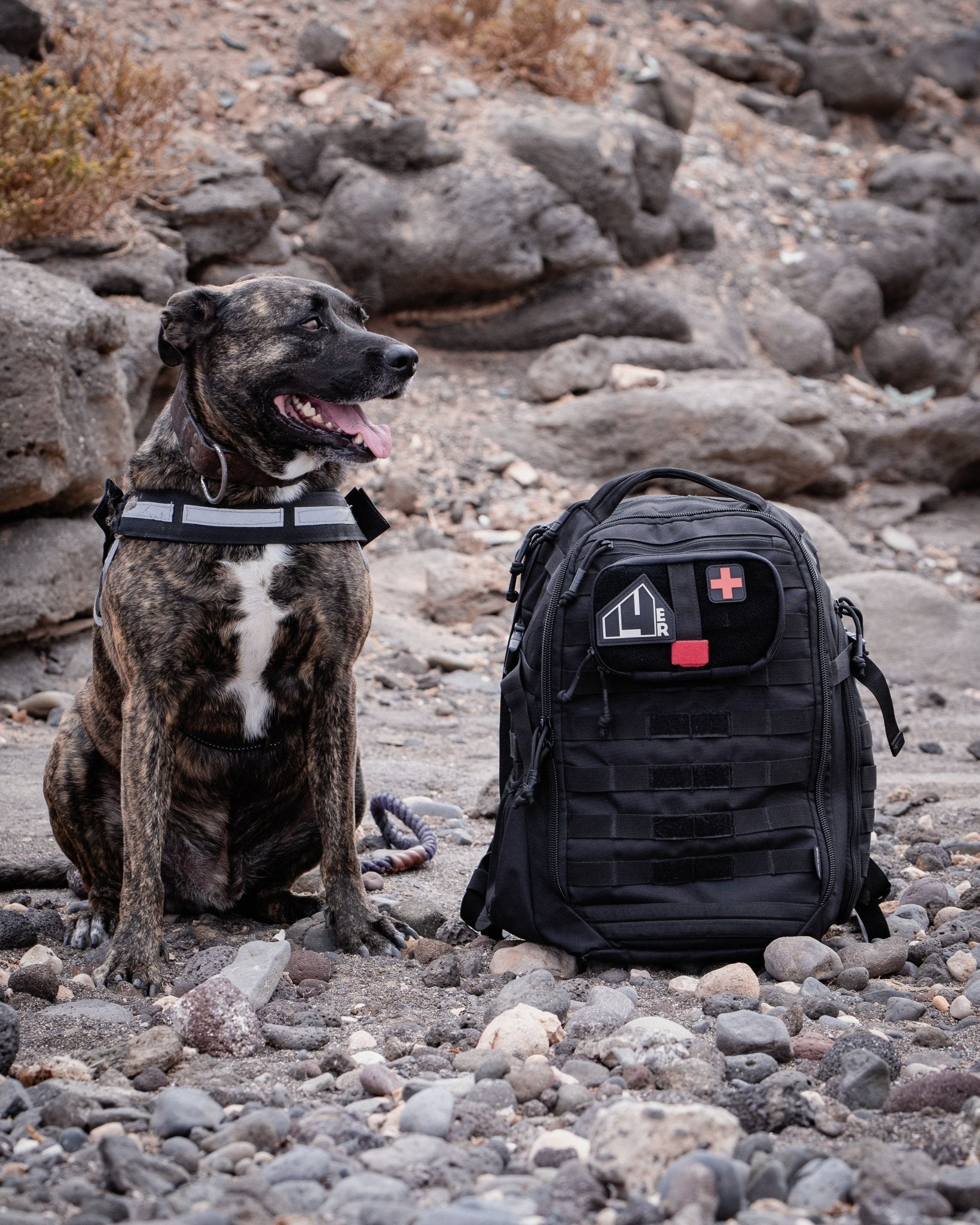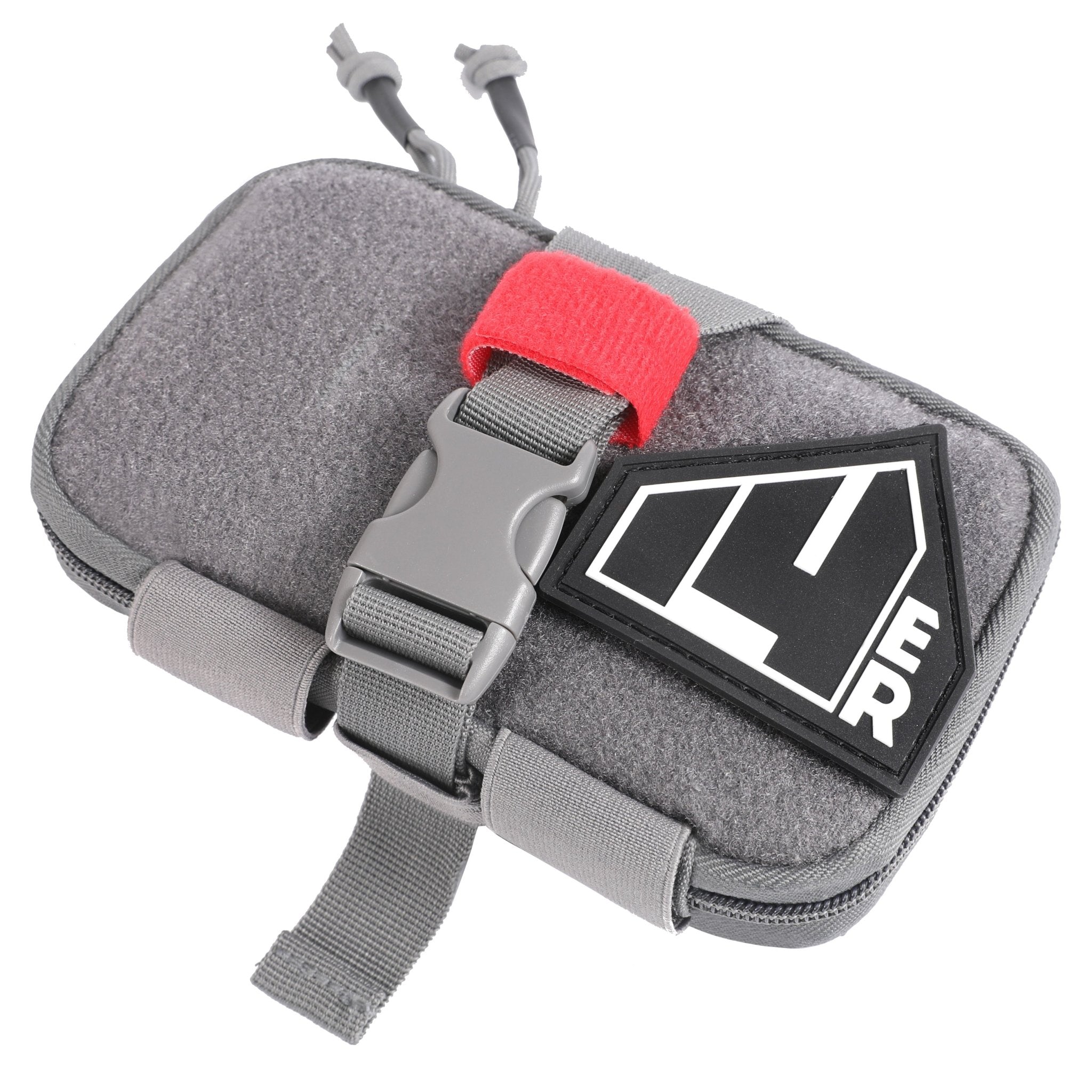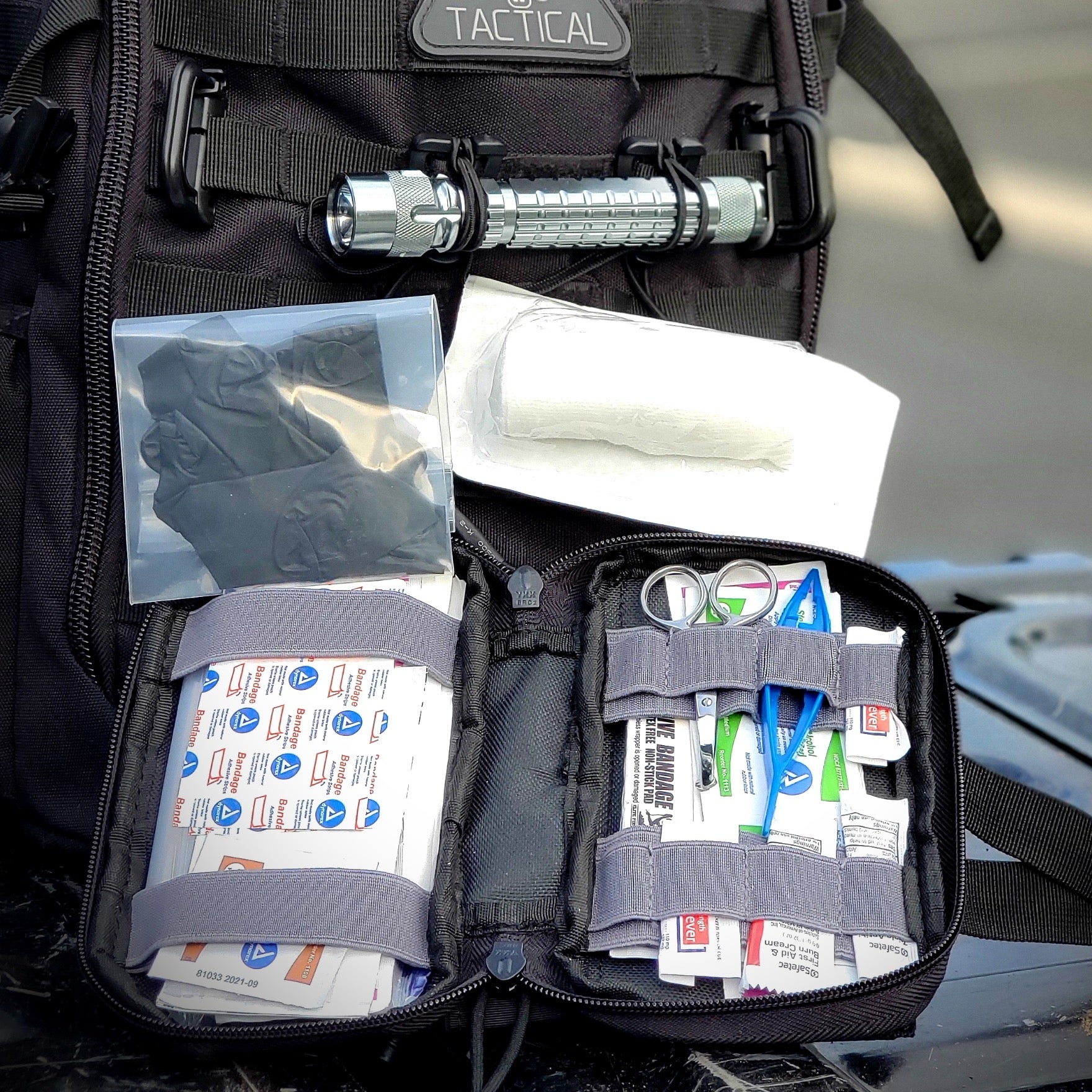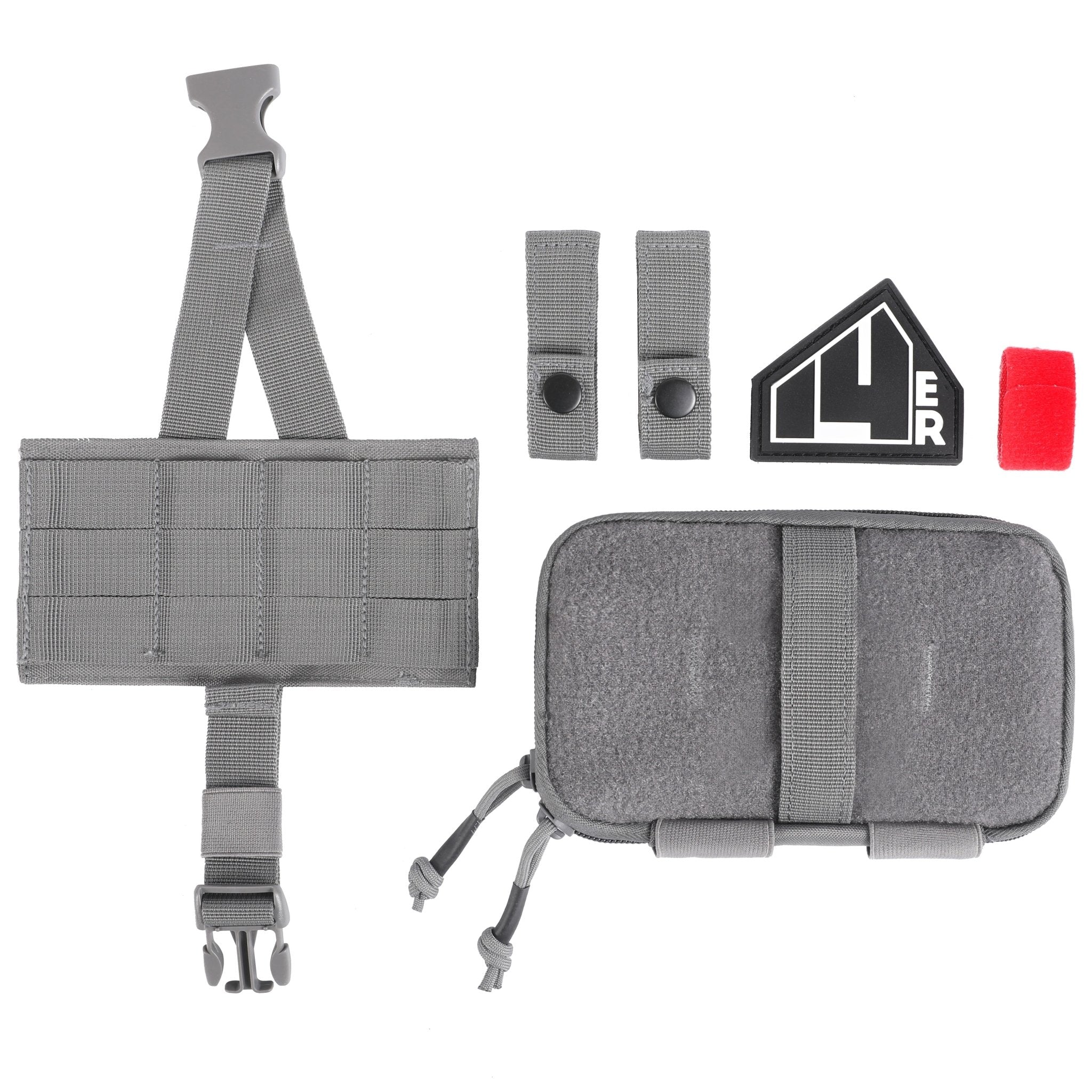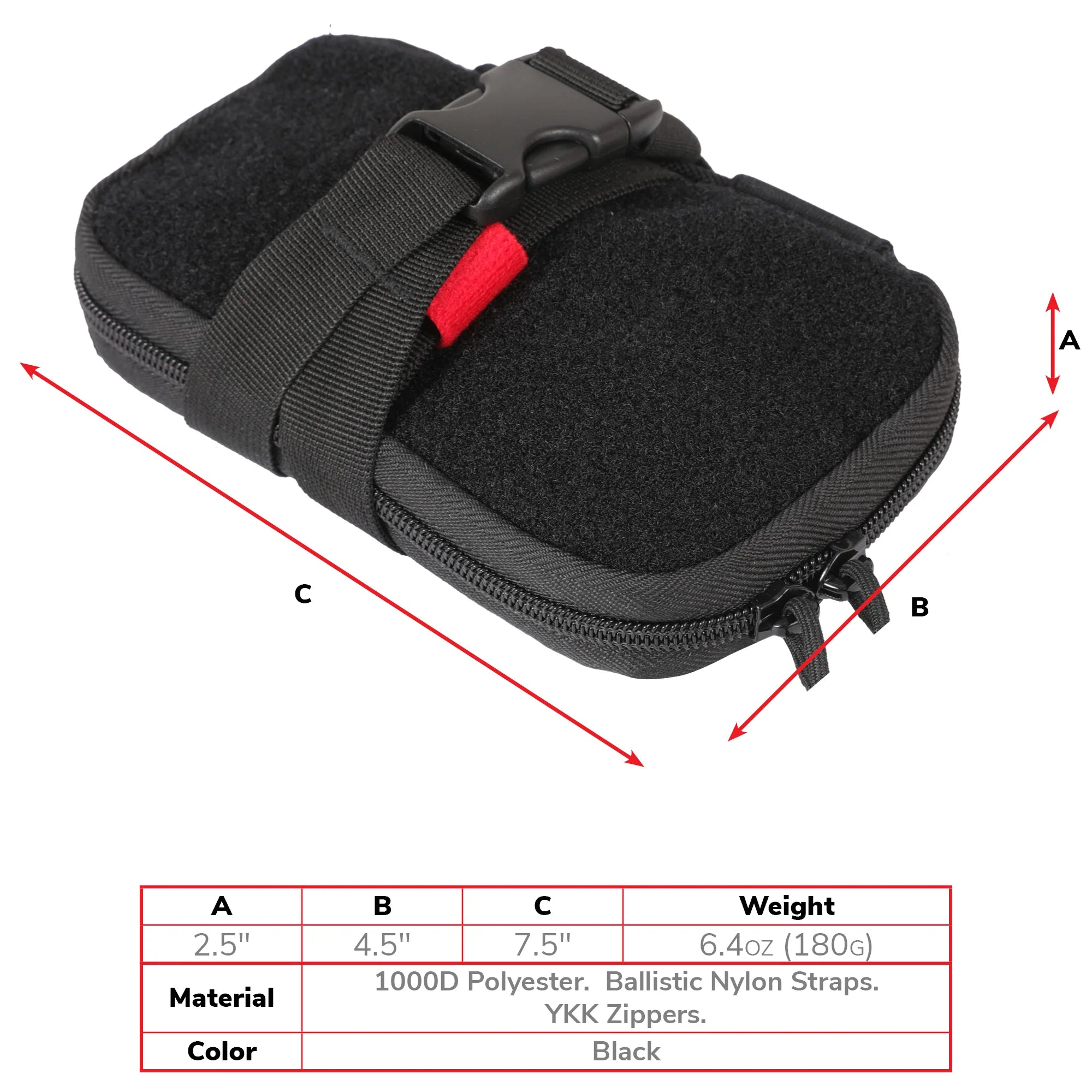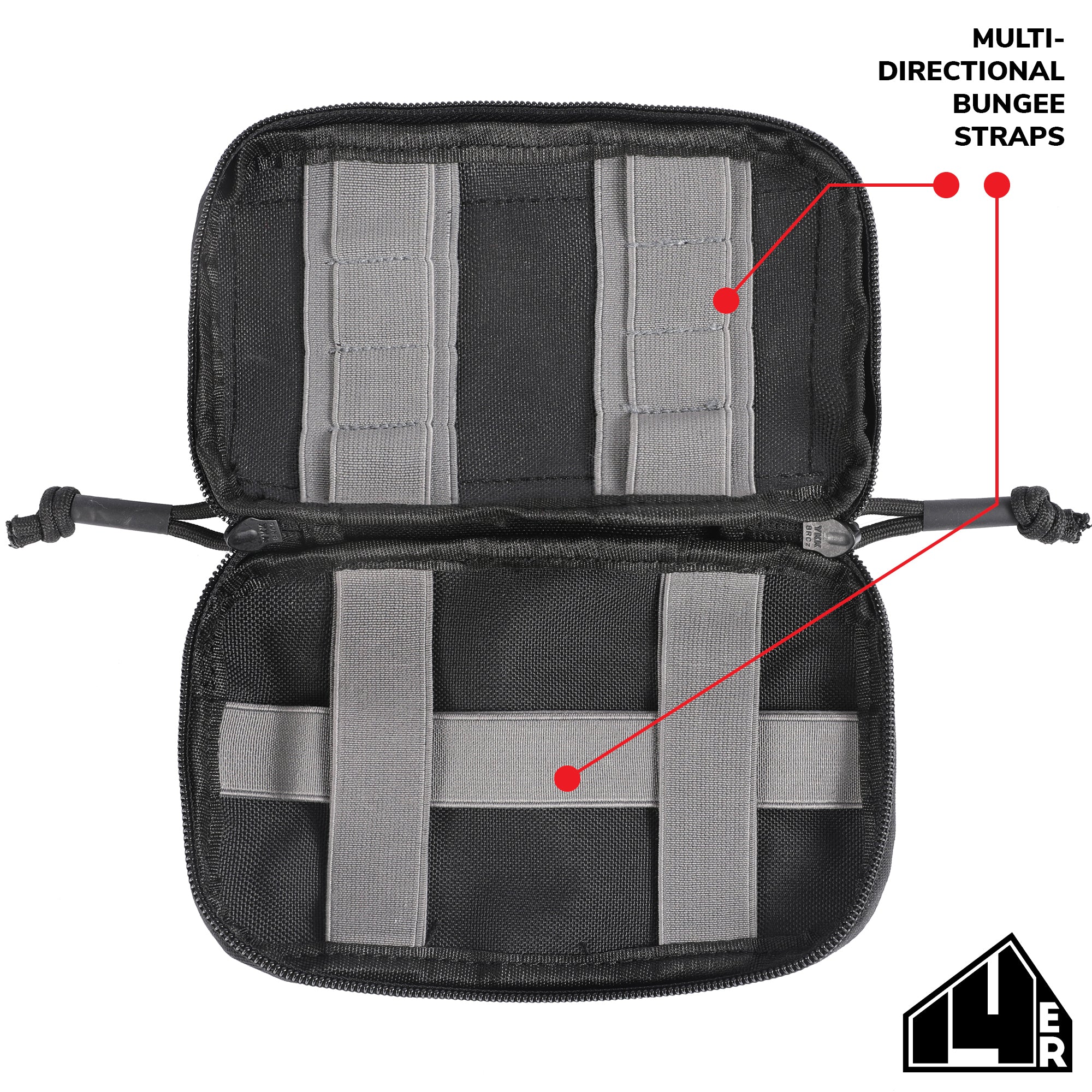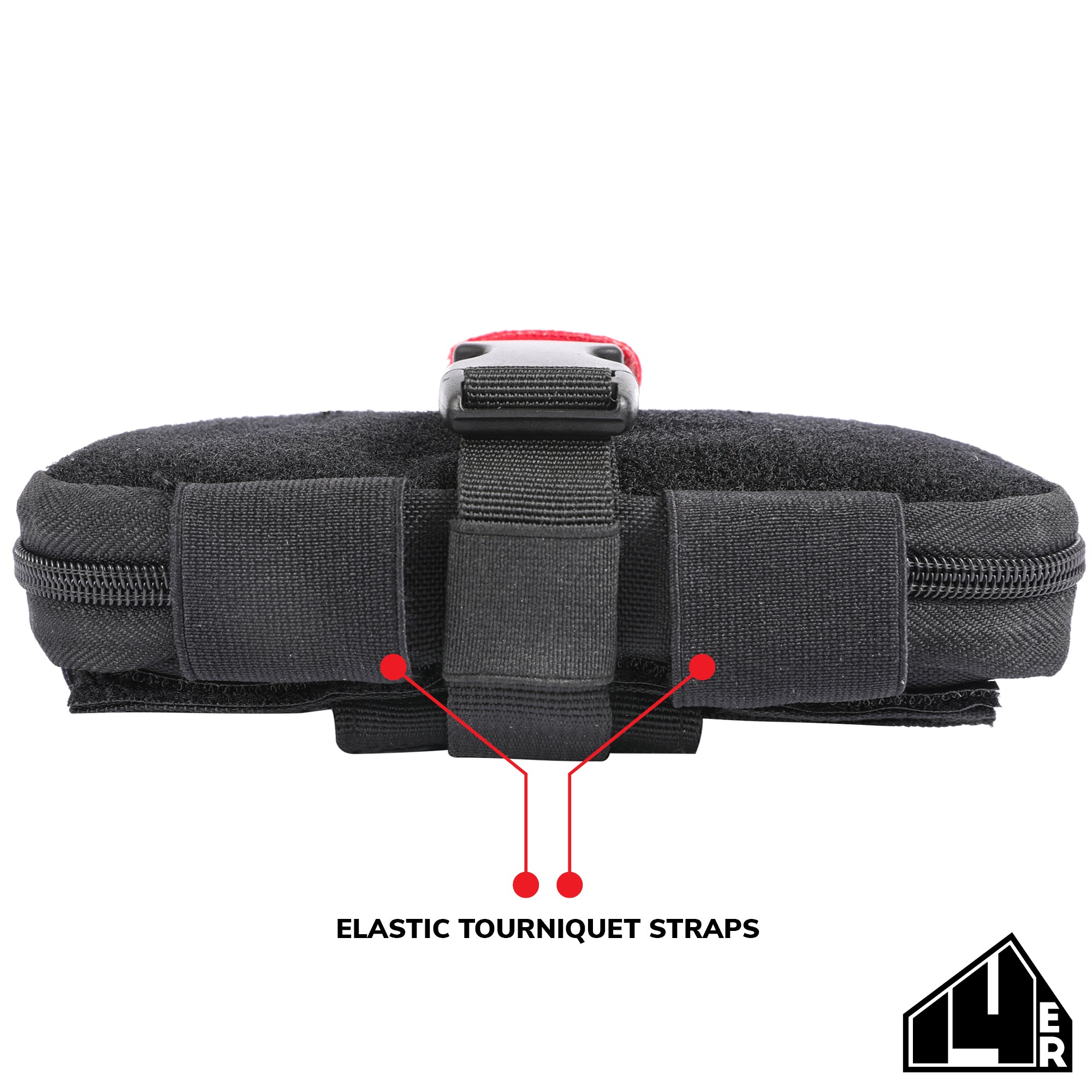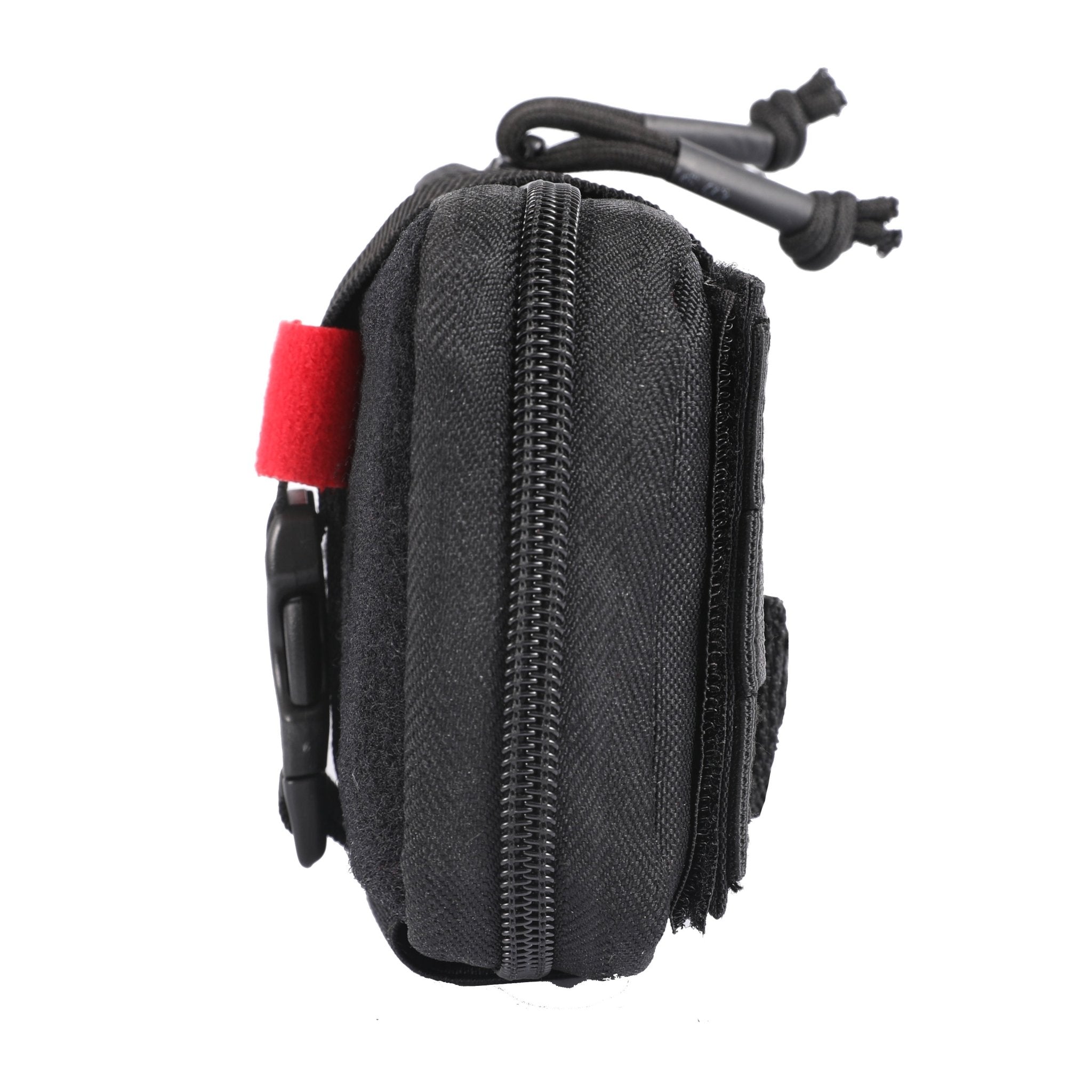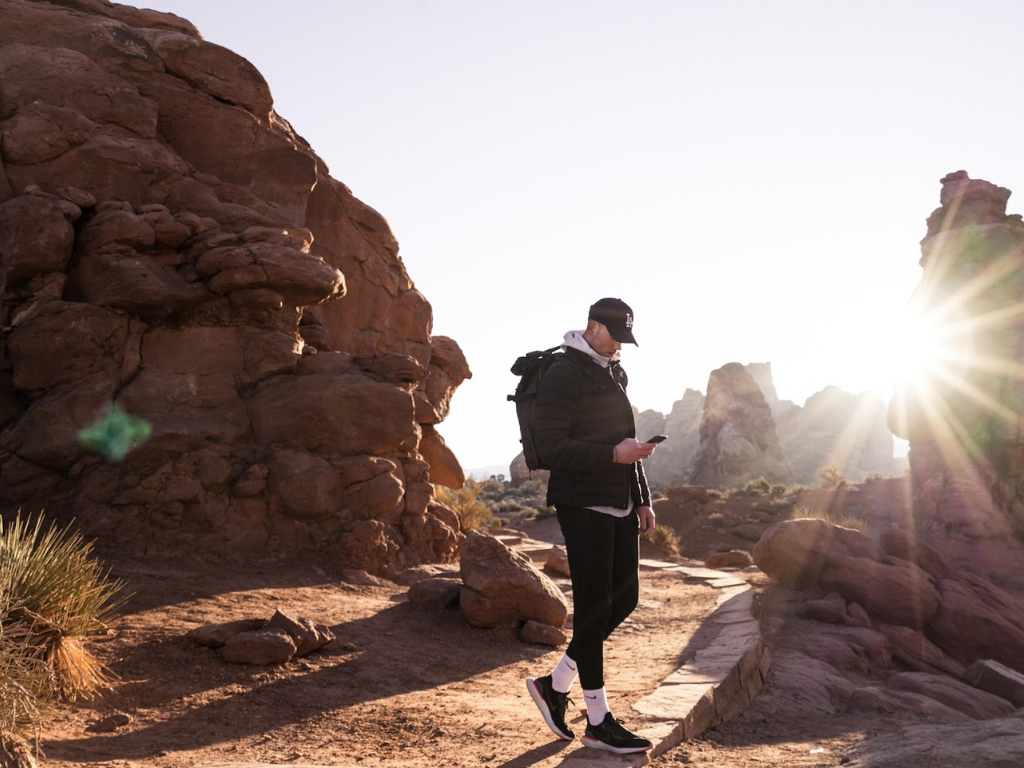Being tactical means being confident that you can handle whatever life throws at you. Even if that happens to be a medical emergency. No one wants to experience such a thing, but it is something that can hit any of us.
You had best make emergency preparedness your mantra. That means having the mindset, the skills and the tools to handle an emergency—even an injurious accident. In such an event, the essential tools would be first aid supplies.
But what supplies should you prepare for an individual first aid kit (IFAK)? What’s an IFAK pouch, anyway? And is it any different from a standard first aid kit?
We’ve got you covered! Our handy guide will answer these questions… and more.

What Is an IFAK Pouch?
Technically, an IFAK pouch is simply a container for holding an IFAK, but we’re going to use “IFAK” and “IFAK pouch” interchangeably in this article. A pouch only really becomes an IFAK pouch when it’s carrying the actual kit, after all.
When we talk about an IFAK pouch, we’re talking about an individual first aid kit that is meant to be used on its owner. It is both individual and individualized—the first aid kit’s contents are customized to meet the needs of the person who owns it.
What’s the point of an individual first aid kit? Simply put, it’s a smart tactical choice and an unselfish one. By having an IFAK, you don’t need anyone else to use up or purchase first aid supplies for treating you. The IFAK can be accessed by anyone who gives you emergency care—yourself, your companion, or a responding rescuer. They’ll use the resources that you have prepared.

What Is a Standard First Aid Kit?
A standard first aid kit is simply a baseline supply of medical emergency resources. It has not been customized for an individual’s needs. It’s important to have an idea of what to include in a standard first aid kit, as this provides a basis for determining whether a particular kit is deployable or it needs to be upgraded.
Basically, the inventory of the standard first aid kit should be replicated in any emergency kit you put together. Don’t leave out any of the standard items! Your IFAK pouch is expected to have these supplies in addition to the personalized additions it incorporates.
These are the first aid supplies it should include:
- sterile disposable gloves (nonlatex)
- hand sanitizer or alcogel
- sterile gauze pads
- antiseptic wipes
- antiseptic solution
- antibiotic ointment
- petroleum jelly
- tourniquets
- bandages
- tweezers
- medical scissors
- marker (for labeling the time of application of a tourniquet)
- analgesic and anti-inflammatory medications
- waterproof plastic bag (sealed) containing important medical information and an emergency contact’s number
While you have a right to privacy over your medical information, you’ve got to err on the side of emergency preparedness. Let’s face facts, you’ll want first responders to know if you have any conditions or allergies that may interact with common treatment approaches. For example, if you are allergic to aspirin, you wouldn’t want a responder to treat you with it.

How Can an IFAK Pouch Improve on a Standard First Aid Kit?
All right, so an IFAK is a first aid kit that has been customized to suit an individual. Every person has different medical issues and concerns. Some people have allergies to certain medications. Some people have vulnerabilities not shared by others. When you put together an IFAK, you need to include resources and medicines that answer the needs of the individual who will be using it.
An IFAK pouch inventory can include such items as:
- common medications (that you are not allergic to)
- medications prescribed for your conditions
- copies of your prescriptions (including correct dosages)
- an adrenaline injector (like an Epipen) for treating anaphylaxis
- hydrocortisone cream or ointment
- topical corticosteroid cream
- antihistamine nasal spray
- nasal decongestant spray
- saline sinus rinse
- eye wash kit
- Super Glue
- bite or sting medication
- anti-nausea medication
- lancets and lancing devices
- glucose tablets (for diabetics)
- insulin and syringes for injection (for diabetics)
- breathing barrier (with one-way valve)
- digital oral thermometer (nonglass)
These are just examples of supplies to pack in a person’s IFAK pouch. Your selection will differ based on your existing medical conditions, allergies, vulnerabilities and preferences.
Choosing the Right IFAK Pouch
Now that you’ve taken care of the IFAK contents, it’s time to consider the containment unit! You might not think it’s a big deal, but that’s not the tactical way to think about it. Part of emergency preparedness involves optimizing every aspect of the response, from the medical supplies themselves to their secure containment.
An ideal containment setup ensures that the first aid supplies will be well-protected and smartly organized. A tactical mind will want every item to be in its right place, properly labeled and easy to find when needed. You’ll also want the first aid supplies to be protected against moisture, dust and other contaminants. They won’t be much use to you if they’re dirty!
The IFAK pouch also needs to be positioned for speedy deployment. You don’t want the responder, whether you or someone else, to waste time fumbling with your equipment before they can get out the required resource for an emergency!
We can certainly recommend the 14er Tactical IFAK Pouch as an excellent option for you. This pouch is compact and lightweight, just right for everyday carry or an outdoors adventure. It won’t get in the way and it won’t weigh you down. The 14er Tactical IFAK Pouch can be easily attached to a tactical backpack with MOLLE straps. This positions it for rapid deployment—exactly what you want in an emergency.
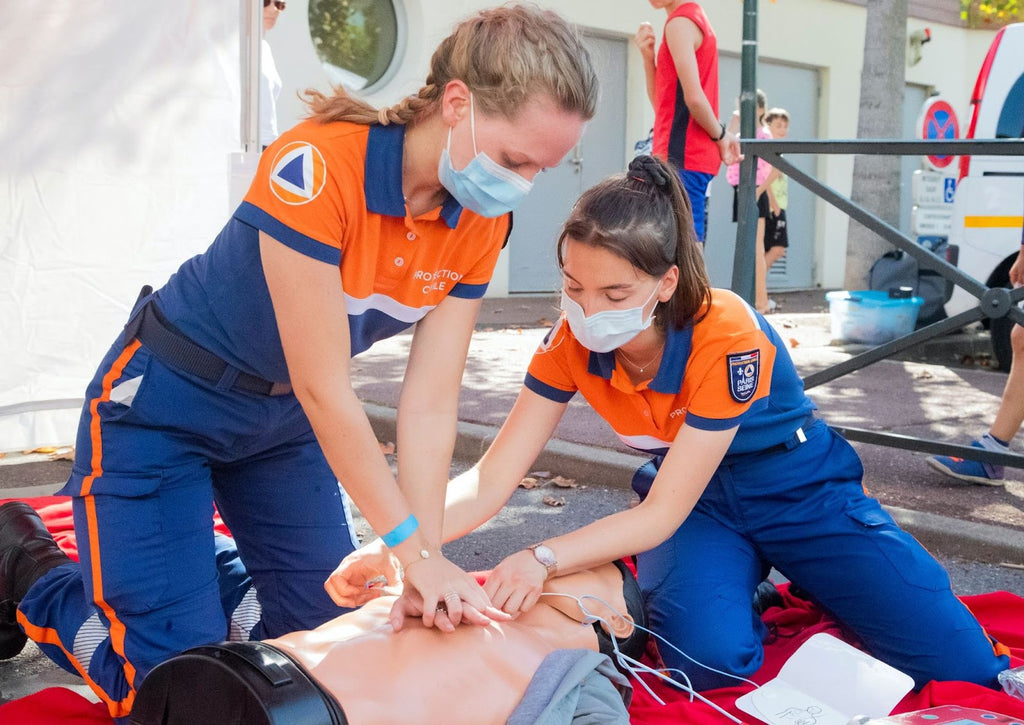
Should You Get First Aid Training?
The tactical mind values emergency preparedness. You can’t be truly prepared to deal with an emergency if you aren’t trained to deliver a first aid response. Think about it: many of the extreme scenarios that you’re prepping to face will put you and others at risk. You can find ways to lower that risk, but you’re not gonna make it go away completely.
That means there is a strong likelihood that you or someone you care about will require emergency care. And you don’t know for sure that paramedics will get onsite in time. What if you’re in the rugged wilderness? What if communications are down? You have to be ready to do something in those cases.
In short, you need to get first aid training. And it’s not enough to simply read a manual! Would you ever claim that reading a self-defense manual is good enough? You need training in actual first aid procedures so you can be sure to do them right when it’s crunch time!
Contact the American Red Cross to find a first aid training class near you.


